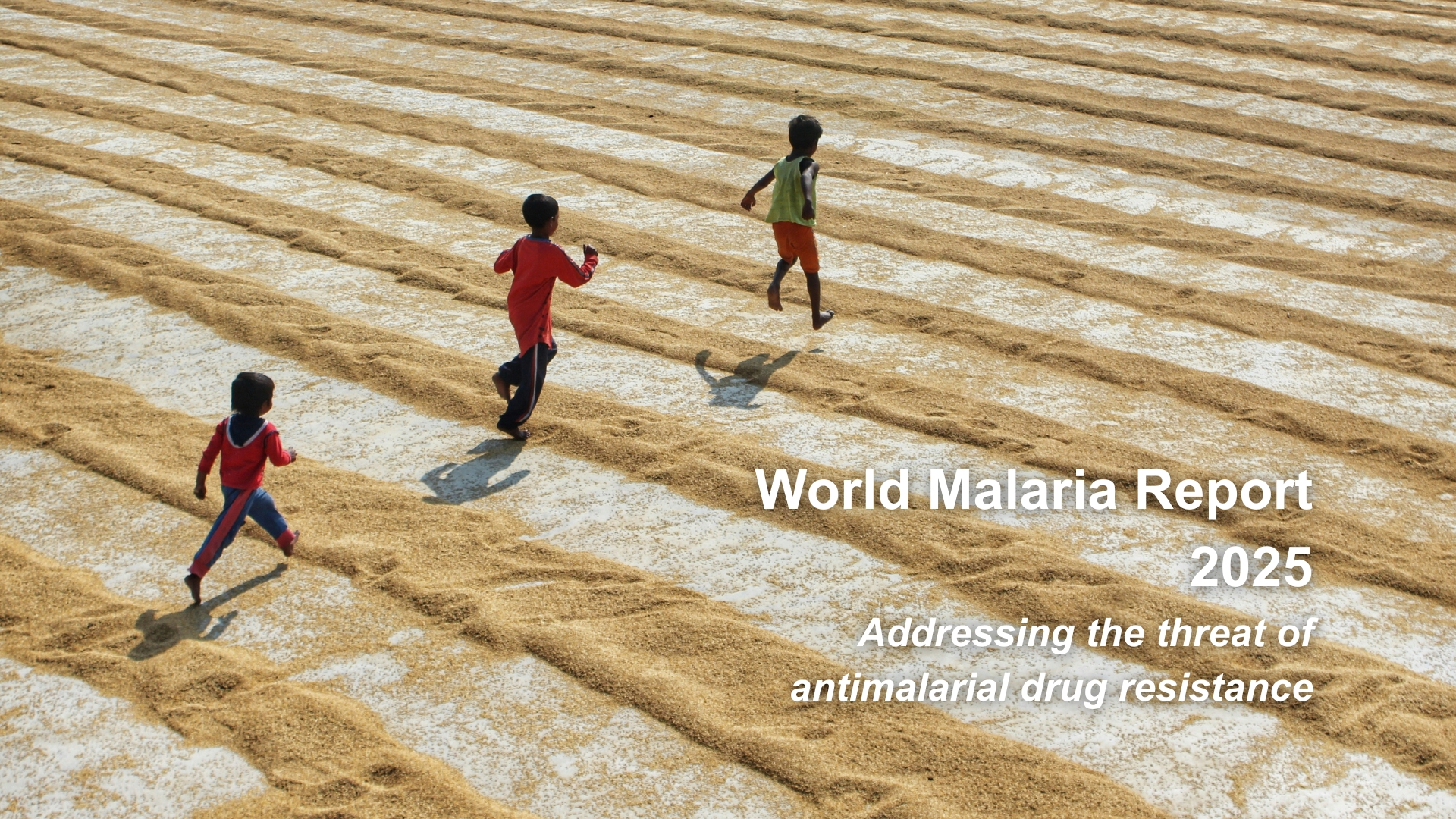
Imagine if a minor cut or a routine operation could be a death sentence, or a gonorrhoea infection could leave you infertile. Since antibiotics were discovered, we have taken the ability to cure bacterial infections for granted. Their misuse has resulted in selection of resistant strains of bacteria, and emergence of untreatable infections. We are nearing the end of the era of the most successful forms of chemotherapy in history after less than 100 years of widespread use.
Do policymakers recognise the magnitude of the threat of drug resistance? Results of a survey of delegates to the World Economic Forum on their views on likelihood and impact of a range of global risks should be a wake up call. While they ranked the potential impact of ‘spread of infectious diseases’ second, the likelihood of infectious disease outbreaks was rated surprisingly low, failing to even enter the top ten. Alarmingly, this survey was carried out when the Ebola outbreak was at its peak.
The survey reflects a blinkered view of public health: in societies where epidemics of infectious disease are rare, and effectively controlled, we don’t expect outbreaks to affect us. When they do occur they are met largely with panic – Ebola and Zika being recent examples.
While new diseases dominate the news, much less attention has been given to the ‘slow-motion emergency’ of drug-resistant malaria. In the Greater Mekong Subregion, the most dangerous malaria strain already shows widespread resistance to artemisinins – the key class of medicines for effective treatment. There is growing resistance to other antimalarials, which must be used in combination with artemisinin, and malaria researchers are warning of the prospect of untreatable malaria.
Computer models predict that without effective responses there could be a devastating rise in malaria cases and deaths. One widely quoted model predicts that resistance could result in over 100,000 more deaths and a quarter of a million severe cases a year in the region, with huge economic, social and human impacts on these rapidly growing economies.
Even more alarming is the prospect of resistance emerging in Sub-saharan Africa: another model estimates an additional 78 million cases of malaria facing the sub-continent between now and 2020 should that occur.
There has been a dramatic decline in the malaria burden over the last 15 years, with 57 countries reducing malaria cases by over 75%. Countries are justifiably proud of this achievement, but it could be rapidly reversed.
The good news is that we know how to respond to this threat. First is to make real efforts to strengthen health security globally by strengthening all countries’ capacity to detect outbreaks, report these to other countries, mount quicker responses to public health crises including through cross-border collaboration, and develop surveillance systems to track epidemics as they happen. This will not be an easy task. It requires significant investment, and governments must recognise it as a shared responsibility.
Second is to tackle multidrug-resistant malaria through elimination of the disease while drugs are still effective. This will require the full range of health security measures, but will also be an entry point to establish a health security infrastucture across the region.
The two responses are inextricably linked. Happily, leaders have begun to direct attention to Asia Pacific malaria elimination and global health security. Asia-Pacific heads of government have agreed to eliminate malaria throughout the region by 2030; they have formed the Asia Pacific Leaders Malaria Alliance (APLMA); and in 2015 agreed an Elimination Roadmap (available here). This provides a high-level elimination framework setting out six key actions including full access to quality medicines, strengthened leadership, and new thinking on financing the elimination programme.
The key challenges will be to maintain urgency and focus on malaria elimination, and use this as an effective platform for increased health security to address the increasingly likely spread of other infectious diseases.
.svg)


.jpg)






